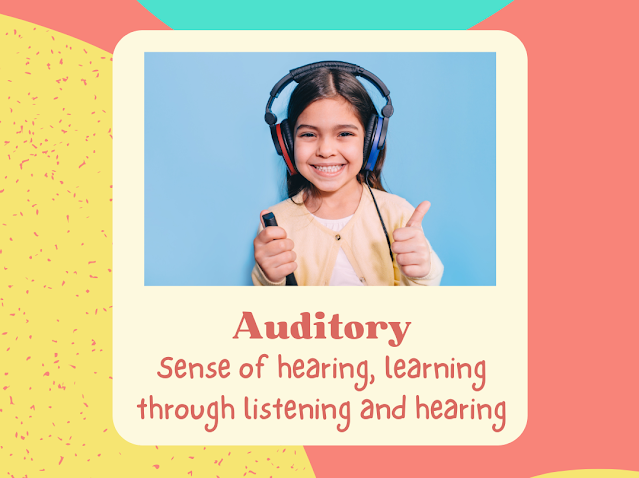Using multisensory methods during your instruction has many benefits! If you aren't sure what those benefits are, check out this blog post. Prepare to be amazed and motivated!
Once you understand the advantages of engaging multiple senses during instruction, you immediately start asking yourself the question of how?!?
How do I make my instructional delivery multisensory?
Read on teacher friends......
Not every lesson HAS to include ALL of the senses, but it is important for teachers to be intentional about planning more than one way for students to engage in the learning. In fact, research consistently supports the efficacy of multisensory techniques. This efficacy is particularly true for young learners and those with learning disabilities, such as dyslexia.
Studies have shown that when children are taught using multisensory strategies, they exhibit significant improvements in reading skills, phonemic awareness, and overall academic performance (Campbell, Helf, & Cooke, 2008; Snowling & Hulme, 2011).
Below are instructional examples for each of the senses that you may wish to include during your instruction. Try to incorporate two to three senses in each lesson!
Examples:
- Visual aids (i.e. charts, diagrams, posters, graphs, maps, pictures, comic strips)
- Videos to reinforce concepts
- Text and/or pictures on paper
- Models
- Color for highlighting
- Flash cards with pictures
- Graphic organizers
- Outlining passages
- Visualization games and exercises
- Timelines with symbols and images
- Student created art, images, text, pictures, collages, power point presentations, photo essays, videos, graphs
Examples:
- Auditory cues through discussions, lectures, and audio recordings
- Books on tape
- Podcasts
- Peer assisted reading
- Paired reading
- Computerized text readers
- Video
- Music (song, instruments)
- Speaking (rhymes, chants, and language games)
- Performances (skits, role plays, panel discussions, interviews, poetry recitals, teaching a lesson)
- Air writing (spelling words with large movements in the air)
- Hands-on activities
- Experiments
- Interactive simulations that allow students to physically engage
- Games involving movements paired with activities (i.e. clapping while, jumping while spelling, tapping while sounding out words)
- Any large movement (activity involving dancing, bean bag tossing, rhythmic recall, etc.)
- Academic competitions such as quizzes, flash card races
- Role plays
- Demonstrations
- Field trips
- Labs
- Weighing & measuring
- Skill demonstrations (i.e. cooking, musical performances, drama, simulations, treasure hunts, dance, charades)
Examples:
- Tracing shapes, letters, words on a textured surface (sand tray, sand paper, raised lined paper, rice trays, fabric, textured letters/numbers, etc.)
- Tapping the sounds in words
- Modeling materials (clay and sculpting materials)
- Desktop whiteboards and colored markers.
- Flip cards on metal rings
- Magnetic boards and magnetic words/letters/images
- Board games
- Puzzles
- Experiments
- Manipulative materials to demonstrate number values and math concepts (coins, blocks, sticks, base ten blocks, tangrams, etc.)
The BIG takeaway is multisensory instruction not only enhances engagement but also fosters academic success for students. When you intentionally plan for sensory integration in your lessons, you are setting your students up for an opportunity to thrive academically, socially and emotionally!
If you are looking for some great ways to engage students check out Silly Voice Cards or Roll, Read and Color!
Silly voice cards are great for infusing multisensory into fluency practice! Students can randomly draw (or you can select) a silly voice card and then re-read text, poems, lyrics or chants using the selected silly voice. Not only do kids love these cards but they are engaging visual and auditory senses at the same time!
Roll, Read and Color is a great resource to supplement an explicit and systematic phonics curriculum. This meaningful activity has students engaging in visual, auditory, kinesthetic and tactile senses while they practice taught phonics skills! Whoop!










No comments:
Post a Comment